Sustainable residing has turn into an more and more essential focus in immediately’s world, with people and communities alike looking for methods to scale back their carbon footprints. On the subject of constructing or renovating properties, sustainable practices and energy-efficient design have taken middle stage. In response to this development, a number of organizations supply certification applications to measure sustainability and push individuals to attain extra. However with quite a few certifications and requirements obtainable, navigating the realm of sustainable constructing could be overwhelming.
Fortunately, this Redfin article has all the pieces you want to know. Study what these applications are all about, and which one is true in your house. Whether or not you reside in a home in Wilmington, NC, or are constructing a new house in Tampa, FL, learn on to be taught concerning the totally different certifications and necessities, so you may make knowledgeable selections and select the proper path in direction of a greener house.
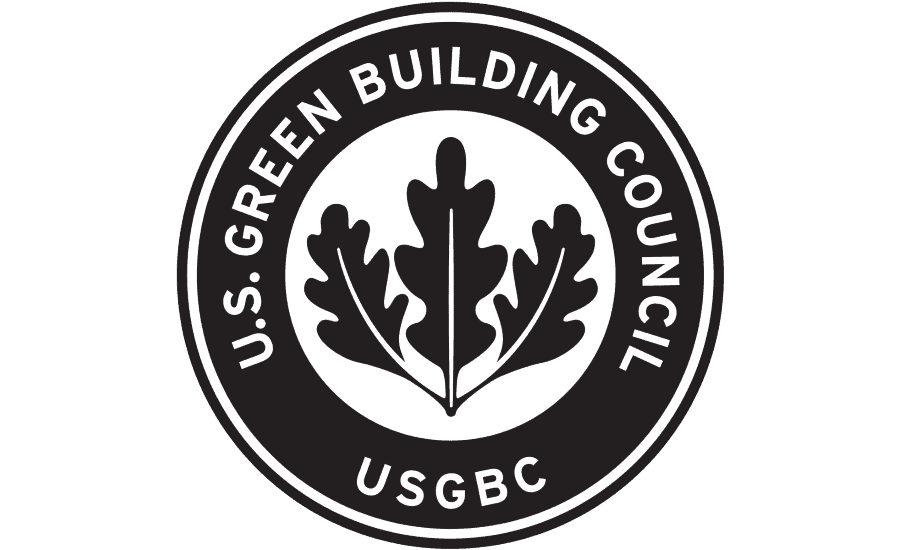
LEED (Management in Vitality and Environmental Design)
- Focus areas: Complete constructing effectivity, together with water, power, supplies, and air high quality.
- Property sorts: Business, residential, and public properties, and communities and cities.
- Advantages for owners: Pairs properly with different certification applications and has a variety of certification ranges.
- Downsides: Might not go far sufficient to cut back your carbon footprint.
- Value: $225 + extra charges. Pricing is decreased for members.
Established by the U.S. Inexperienced Constructing Council (USGBC) in 1993, LEED is arguably essentially the most widely known inexperienced constructing certification system. LEED supplies a framework for wholesome, extremely environment friendly, and cost-saving inexperienced buildings. It presents certification throughout a spectrum of constructing sorts and focuses on a number of key areas: sustainable websites, water effectivity, power and ambiance, supplies and sources, indoor environmental high quality, innovation, and regional precedence.
The 4 LEED certification ranges embody Licensed, Silver, Gold, and Platinum, which correspond to the variety of factors a mission earns throughout these classes. Buildings obtain annual audits to make sure they proceed assembly mandatory requirements.
For extra particulars, learn our definitive information: What Is LEED Certification? Ideas for Owners
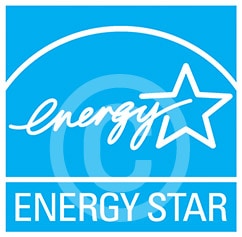
ENERGY STAR
- Focus areas: Vitality effectivity.
- Property sorts: Merchandise; business, residential, and public properties.
- Advantages for owners: ENERGY STAR buildings require 15% much less power than customary buildings, that means you’ll get monetary savings over the long term.
- Downsides: ENERGY STAR is a reasonably fundamental certification that solely applies to power use. That is finest paired with different certifications.
- Value: $0-$1,500
The ENERGY STAR certification is a joint program of the U.S. Environmental Safety Company (EPA) and the U.S. Division of Vitality. It goals to assist companies and people get monetary savings and defend the setting by way of superior power effectivity. Most individuals affiliate ENERGY STAR with environment friendly home equipment, nevertheless it additionally applies to buildings and homes.
Buildings that earn the ENERGY STAR label have to satisfy strict pointers for power effectivity, sometimes making them at the very least 15% extra energy-efficient than customary buildings. Other than power effectivity, ENERGY STAR additionally supplies instruments and sources for bettering water effectivity.
For extra particulars, learn our definitive information: ENERGY STAR Certification: What Owners Have to Know
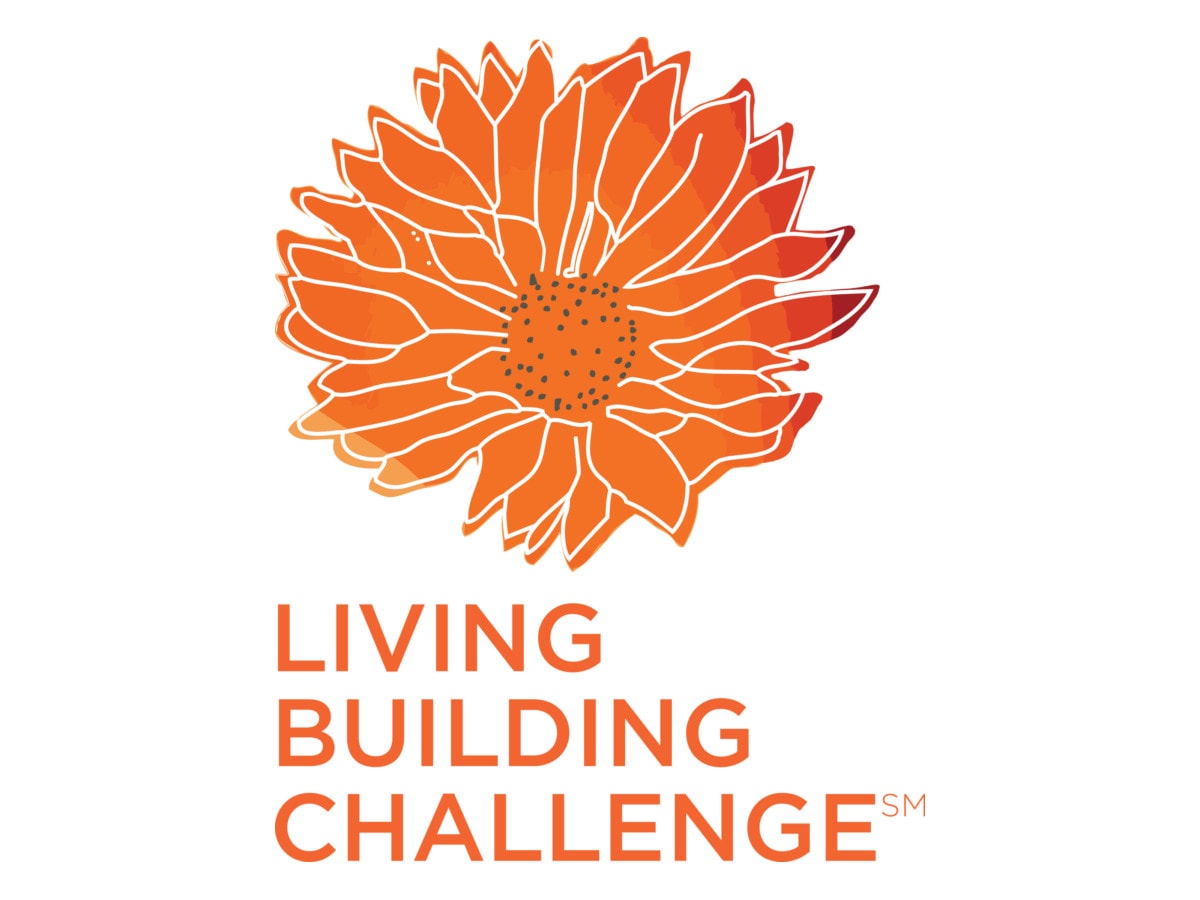
Residing Constructing Problem
- Focus areas: Full constructing and property sustainability and regeneration.
- Property sorts: Business, residential, and public buildings and properties, and neighborhoods and cities.
- Advantages for owners: The LBC supplies essentially the most complete certification, so that you could be assured your house is actively restoring the setting. Residing Constructing Certification additionally applies to a complete property, whereas most others solely apply to simply the constructing.
- Downsides: This can be very troublesome and time-consuming to meet each requirement, and could be costly.
- Value: $50-$250
The Residing Constructing Problem (LBC), administered by the Worldwide Residing Future Institute, is probably going essentially the most rigorous and complete inexperienced constructing certification on this planet. It makes use of a regenerative design framework that requires initiatives to function positively as an alternative of simply passively.
The LBC includes seven efficiency classes, or “Petals”: Place, Water, Vitality, Well being & Happiness, Supplies, Fairness, and Magnificence. To be licensed, a mission should meet a sequence of formidable efficiency necessities over a minimal of twelve months of steady occupancy. Due to its issue, solely 4 residential properties have acquired full certification. Nonetheless, the LBC presents different certifications, together with Petal certification and net-zero constructing certification.
For extra particulars, learn our definitive information: Residing Constructing Problem Certification for Owners: Execs and Cons
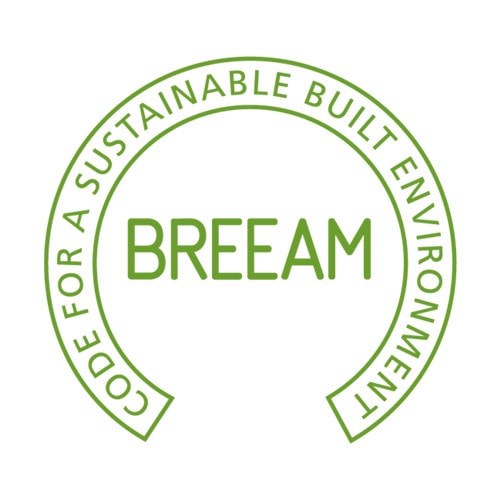
BREEAM (Constructing Analysis Institution Environmental Evaluation Technique)
- Focus areas: Complete property sustainability, together with the place supplies come from and the way a lot your house contributes to air pollution.
- Property sorts: Business, residential, and public buildings and properties.
- Advantages for owners: Accessible worldwide.
- Downsides: Not as complete or versatile as another applications.
- Value: Will depend on the scale and scope of the mission. Assessors are additionally paid individually.
Established within the UK in 1990, BREEAM is the world’s longest-running technique of assessing, ranking, and certifying buildings. BREEAM encourages designers, purchasers, and others to consider low-carbon and low-impact design, minimizing the power calls for created by a constructing earlier than contemplating power effectivity and low carbon applied sciences. BREEAM is complete and in addition focuses on the place merchandise come from and who makes them.

Earth Benefit
- Focus areas: Residential and low-income properties, and offering inexperienced house information for most people by way of the Inexperienced Constructing Registry.
- Property sorts: Residential buildings.
- Advantages for owners: Extraordinarily inexpensive and promotes sustainability in low-income developments.
- Downsides: Not as complete as different certifications.
- Value: $0
The Earth Benefit Certification focuses on selling sustainable constructing practices that enhance the setting and society by creating higher mannequin codes, constructing requirements, and certification techniques. It certifies residential buildings, together with single-family and multifamily, utilizing totally different ranking techniques for each. Earth Benefit may certify initiatives for LEED.
On the whole, Earth Benefit buildings are more healthy, extra energy-efficient, and supply a decrease price of possession over the lifetime of the constructing. To obtain certification, a house should meet stringent standards throughout 5 classes: power, well being, land, supplies, and water.

SITES (The Sustainable Websites Initiative)
- Focus areas: Planning, design, building, and administration of landscapes and different outside areas. SITES doesn’t confirm buildings besides in particular circumstances.
- Property sorts: Business, residential, and public outside areas.
- Advantages for owners: Promotes sustainable landscaping and wholesome outside residing.
- Downsides: Costly and solely applies to landscaping and outside areas. Greatest for giant properties or paired with different certifications.
- Value: $6,500-$9,500 (cheaper for members).
SITES is a sustainability-focused framework that ushers panorama architects, engineers, and others towards practices that defend ecosystems and improve the advantages of ecosystem companies. Panorama architects, designers, engineers, architects, builders, policy-makers, and others use SITES to align land growth and administration with progressive sustainable design.
SITES additionally companions with LEED to create complementary ranking techniques that you should use independently or in tandem. LEED applies to your mission constructing and the location it’s positioned on, and SITES applies to all the pieces in your website, besides your constructing (with a number of exceptions).
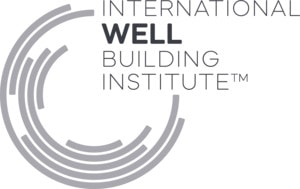
WELL Constructing Normal
- Focus areas: Relationship between sustainability and human well being, primarily in new building.
- Property sorts: Primarily business new building, however presents residential as properly.
- Advantages for owners: WELL buildings are more healthy for you and your loved ones than many different certifications.
- Downsides: It may be time-consuming or prohibitively costly to include WELL requirements into an older constructing.
- Value: $2,500 for registration + $0.16 per sq. foot of property.
The WELL Constructing Normal, based by the Worldwide WELL Constructing Institute, focuses on constructing options that have an effect on individuals’s well being and well-being. Areas of concern embody air, water, nourishment, gentle, motion, thermal consolation, sound, supplies, thoughts, neighborhood, and innovation. The WELL Constructing Normal is the primary customary to combine human well being and wellness into constructing certification.
WELL additionally companions with LEED to create a streamlined course of for getting twin certification.
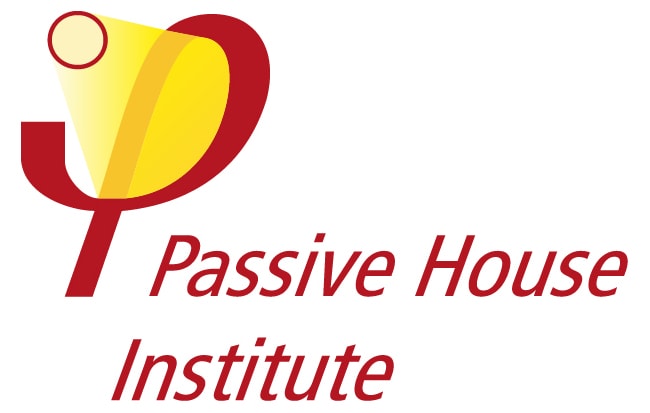
Passive Home (Passivhaus)
- Focus areas: Lowering power use in buildings.
- Property sorts: Business, residential, and public.
- Advantages for owners: Considerably decreased power payments and comfy indoor temperatures year-round.
- Downsides: Focuses fully on power use and is extraordinarily inflexible.
- Value: Decided by the examiner and varies broadly relying on the sq. footage of the constructing.
The Passive Home Institute (PHI) based mostly in Germany developed this certification system. Buildings which might be licensed as a Passive Home should meet strict power utilization necessities, specializing in high-level thermal insulation, stringent airtightness, and most power positive factors from the solar. The result’s a constructing that makes use of considerably much less power for heating and cooling than conventional buildings, typically lowering the power wanted by as much as 90%.
Closing ideas
There are a whole lot of different certification applications that concentrate on particular facets of a constructing, resembling water administration and gentle air pollution. Some are additionally catered to particular areas. When you’re trying to certify your house, do your analysis and set up a finances for membership, functions, and certifications, in addition to design, planning, and upkeep. Moreover, you possibly can rent a Third-party to certify your house, though which will price extra.
Working in direction of an authorized sustainable house is essential and useful, however it may be cost-prohibitive. When you don’t have the finances for certification, examine a program’s necessities and attempt to incorporate them into your mission; you don’t have to certify your house to make it extra sustainable and even regenerative. It doesn’t matter what you select, incorporating sustainable practices into your life-style will help scale back your carbon footprint and contribute to a greener future.
